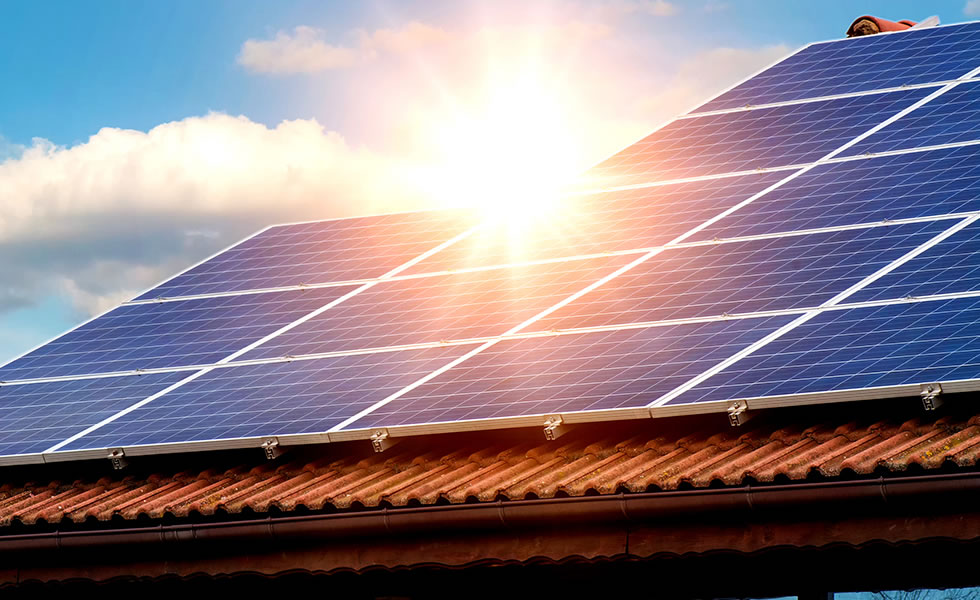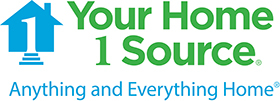
The spotlight has been on solar energy in recent years as energy costs have escalated. Now with more home owners opting to get off the grid—and many seeking options on solar panels that produce enough energy to reduce their monthly utility bills – the solar industry is optimistic about the future. Concurrently, the cost of solar panels and related parts has also come down to more affordable levels.
To get a better handle on the current state of solar panels and to learn what consumers should look for if investing in this feature for their home, we talked with Patrick McGivern, CEO of Sungevity, headquartered in Oakland, Calif.
Size of the market. While some companies have gone out of business in recent years, the overall market continues to grow. Concerns about legislation caused growth to halt temporarily, but sales are moving forward again, McGivern says. Though he doesn’t have an exact number of U.S. households that use solar, he says there’s a definite uptick as more than 35 states now have "grid parity," which means that their households can receive electricity using solar panels less expensively than purchasing electricity from local utility companies.
What consumers should look for. First and foremost, homeowners should choose a company that has a track record in solar. Look for a company that specializes in solar energy solutions, rather than a dealer or distributor that sells solar products as an ancillary product. "A good solar system should last for 25 years or more, so consumers should seek out a company that can correct any problems that may occur, and honor warranties and applications for the long haul", says McGivern.
The most common system designs. The best solar system designs will include three critical components: 1) Panels from a top manufacturer such as Panasonic, providing performance for homeowners to receive adequate "offsets". An offset is the ability to produce enough solar power for homes or businesses to offset the electric bill. 2) An inverter which converts the solar electricity to be used in the home and a battery which stores the solar. 3) The size of the panels and amount of roof they cover. All of these components are important. Another factor is geography. It makes a big difference whether your home is located in sunny California or in the colder Northeast. And the slope or pitch of the roof may be a factor. The optimum situation is a roof with full exposure to sun all day. To make the best choice, consult with an expert from a reputable company and evaluate options, since each situation is different.
Choices in color, style, materials and efficiency. Here, there are variables, too, though almost all choices to date are black with a metal or aluminum-type color that will collect the sun’s rays and will work on most roofs whether metal, slate, tile, asphalt, etc. The roof type will dictate the installation method of the panels – and also impacts the cost. Clay tile and slate may need an "inset" installation. This requires the clay tile or slate to be removed, asphalt shingles to be installed, then solar panels are installed, and then the clay tile or slate is reinstalled around the solar panels. This process can be costly. On the other hand, solar panels can go directly over most asphalt shingles and metal roof surfaces.
Obsolescence of panels. Each year the inverters in the panels become more energy efficient. Parts don’t become obsolete in a year or more and can function fine for 25 years or so – similar to a good roof system.
Costs and savings. Systems vary, and some solar panels and parts may start at $10,000, others hover around the $25,000 mark or more, depending on the size of the home and how the package is financed – all cash, with a loan or through a lease. Many banks and credit unions now offer financing. Overall costs have come down, just as they have in the PC world. Some home owners may save $100 a month net; others who get optimum results from solar panels may get off the grid and save their total energy cost. And that’s why interviewing several companies is the key to getting an accurate estimate. Still another reason to invest in solar is that energy costs in general are only going up, McGivern says.
Help for resale. Solar systems are considered a plus when it’s time to sell your home. While buyers may not specifically seek a house with solar panels, finding a home they like with a solar system in place is a plus – and particularly a system with a warranty in place. McGivern recommends that sellers or their real estate agents should tout the positive features of solar and show prospective buyers the history of energy bills—pointing out the decrease in energy costs since the solar system was installed.
